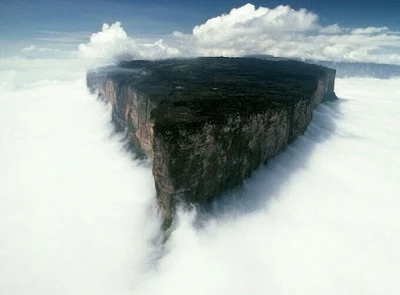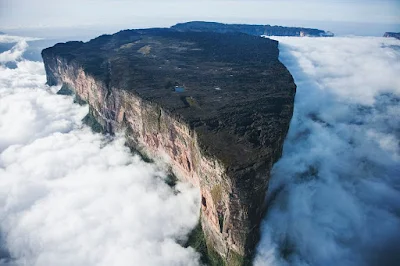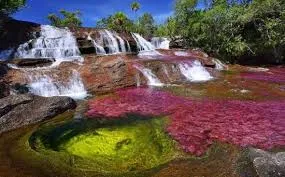Crooked Forest is the group of 400
pine trees in the northwest of Poland appear to be almost normal, but
they are not. If you look at the base of these trees, you might feel like you’ve just entered a strange mystical fairy tale. All of the trees have the same northward 90-degree bend at the base
of their limb. Known as the “Crooked Forest,” this unique site remains
an unexplained mystery. Every tree in the Crooked Forest has the same haunting bend, but
despite bent beginnings, all of the trees have grown to be tall and
seemingly unhampered by their C shape curves. Some experts believe that
the trees grew like this because they incurred some sort of damage to
the tip and along some side branches.Trees are resilient, and so they continued to thrive, relying on the
one branch they had left to take over complete function and grow
upwards. Whatever damage occurred to one tree must have happened to them
all because they remain uniform in deformity.
The Crooked Forest is around 80 years old. It is estimated that the
damage that made them look how they do today occurred when the trees
were about 7 years old. This would have been before the Second World War
reached Poland. Which helps to explain the most popular theory about how the trees
came to be crooked. As the story goes, in 1930 a group of farmers
planted these trees, intentionally damaging the base in order to create
some sort of product, perhaps uniquely shaped furniture. The world may
never know if it’s true because the farmers were unable to finish their
work after the invasion on Poland during World War II dismantled their
plans.It is likely the trees were formed like this to make furniture, ship
mantels, or numerous other woodworking projects. After all it’s not
unheard of to grow trees with a curve in the branch for certain
wood-made parts. This practice produces what is known as “compass
timbers.”
Even if that’s the reason these trees are now crooked, it still seems
so odd and unexplained, simply because someone’s work was never
completed. Others surmise that a snowstorm could have knocked the trees like
this, freezing them into a bent position until the snow and ice melted
come spring. The possibilities are truly endless when it comes to this
unsolved mystery. There are plenty of trees in the area, all of which grow upright from
the base without the funky curve distinct to the Crooked Forest clan.
The Crooked Forest is an odd occurrence in a seemingly ordinary place.
So perhaps you are wondering why none of the locals have answers to what
caused the formation of the Crooked Forest.
This is likely because the local town was devastated during World War
II. It wasn’t until the 1970’s, when a new power and heat plant came to
the town that it began to reestablish itself. The Crooked Forest is
located right near this power plant, known as Dolna Odra (‘Lower Oder’)
power plant. Today tourists come to enjoy many beautiful natural sites common to
this area—none of which happen to be as unexplainable as the Crooked
Forest. If you are ever in Poland you can visit the 22 rows of oddly
shaped trees. The Crooked Forest is located in a suburb called Gryfino
in the Zachodniopomorskie province. One look at the forest and you start
to imagine endless possibilities, so much history packed into the roots
of these trees-if only trees could talk!






















































